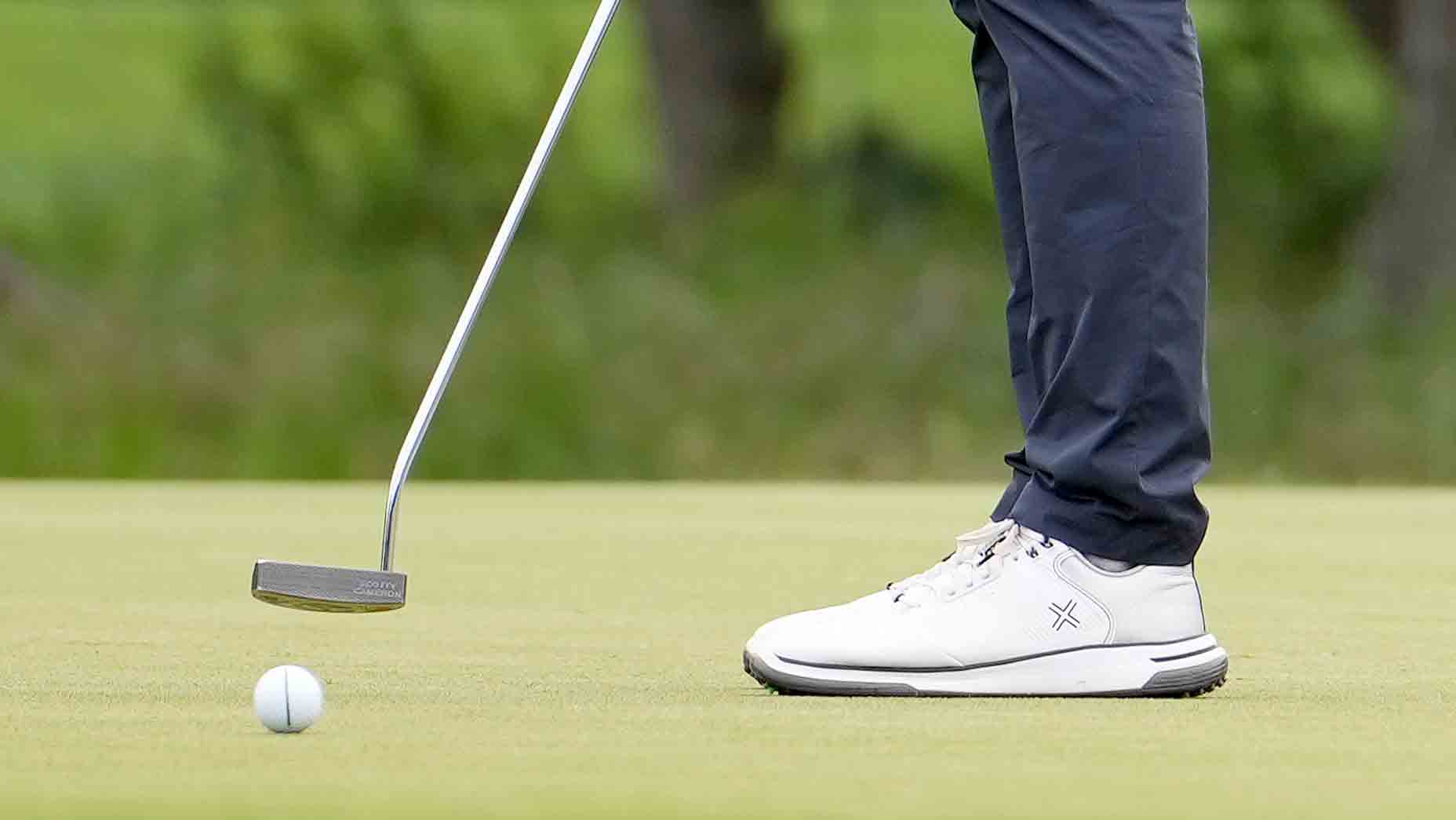 Tiger @ 50: 4 things recreational golfers can learn from Tiger Woods
Tiger @ 50: 4 things recreational golfers can learn from Tiger Woods
Could practicing cross-handed actually help your golf swing?

In a recent Instagram post, I shared a video of my youngest daughter learning the shape of the swing on my “Plane-Board.”
The clip drew a lot of attention, but what surprised me was the reaction to the way she holds the golf club. A number of the 25k-plus viewers were critical and chimed in that I should change her grip before we do anything else.
Ever since my daughter picked up a club for the first time at the age of 5, she has gripped the golf club with her left hand below the right (cross-handed). It is something we will eventually address but in the meantime I contend that there are many things a golfer can learn by practicing “cack-hand.”
Before I illustrate the lessons to learn from the irregular method of gripping the club, I want to share a few professional examples:
2006 Golf Hall of Fame inductee Vijay Singh regularly pitches cross-handed. In fact he’s mentioned that he played the game that way until age 13.
Chris Couch chipped cross-handed for a period of time on the PGA Tour — indeed he holed the winning chip at the Zurich Classic of New Orleans with a cross-handed grip.
Korn Ferry Tour player Josh Broadaway, one of the best ball-strikers I have seen, plays cross-handed.
Papwa Sewgolum (South Africa) won numerous worldwide events, including the Dutch Open (European Tour) three times, playing cack-handed.
ADVERTISEMENT
So before you dismiss the method because it looks out of the ordinary, consider that a cross-handed grip could be beneficial and helpful in certain situations.
I have been teaching golf since 1996 and I cannot recall how many kids, when learning the game, pick up the club and hold it with their lead hand low. In my opinion, this is purely a leverage issue and I have no problem with it. The lead-hand low empowers the weaker golfer to get the clubhead swinging up — instead of lifting the handle up — in the backswing. It also promotes the lead wrist (which is low) from buckling through impact. This teaches shaft lean, or on the flip-side, diminishes the “flip” tendency through the impact zone.
Noted instructor Pete Cowen often has his clients practice pitch shots and soft iron shots while lead-hand low. He speaks of putting “pressure” on the ball at impact, and being cross-handed it is easier to have the hands “lead” the clubhead through impact. This is a prerequisite to compression, or “pressure” as he describes it.
Last man on the range is @BKoepka. 💪#LiveUnderPar pic.twitter.com/6o5rrAq56l
— PGA TOUR (@PGATOUR) March 2, 2019
Anyone who gets “yippy” on greenside shots should consider cross-handed swings. With the stronger hand above the weaker hand on the grip its dominant influence is mitigated, and hence the tendency to throw the clubhead at the ball is diminished.
Go ahead, put your bias aside and try it — lead hand below the trail hand with 10 fingers on the handle. Learn the feelings, the timing and how the pivot supports the action.
It will feel strange initially, but I am confident it will teach you all the right things.
To receive GOLF’s all-new newsletters, subscribe for free here.
ADVERTISEMENT





